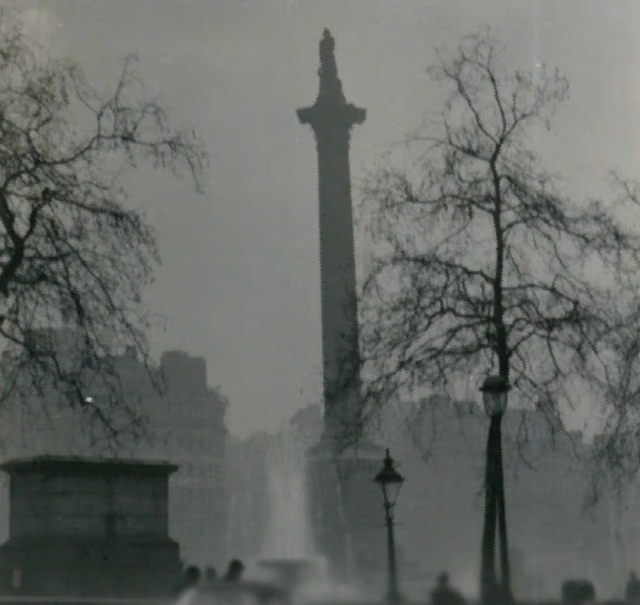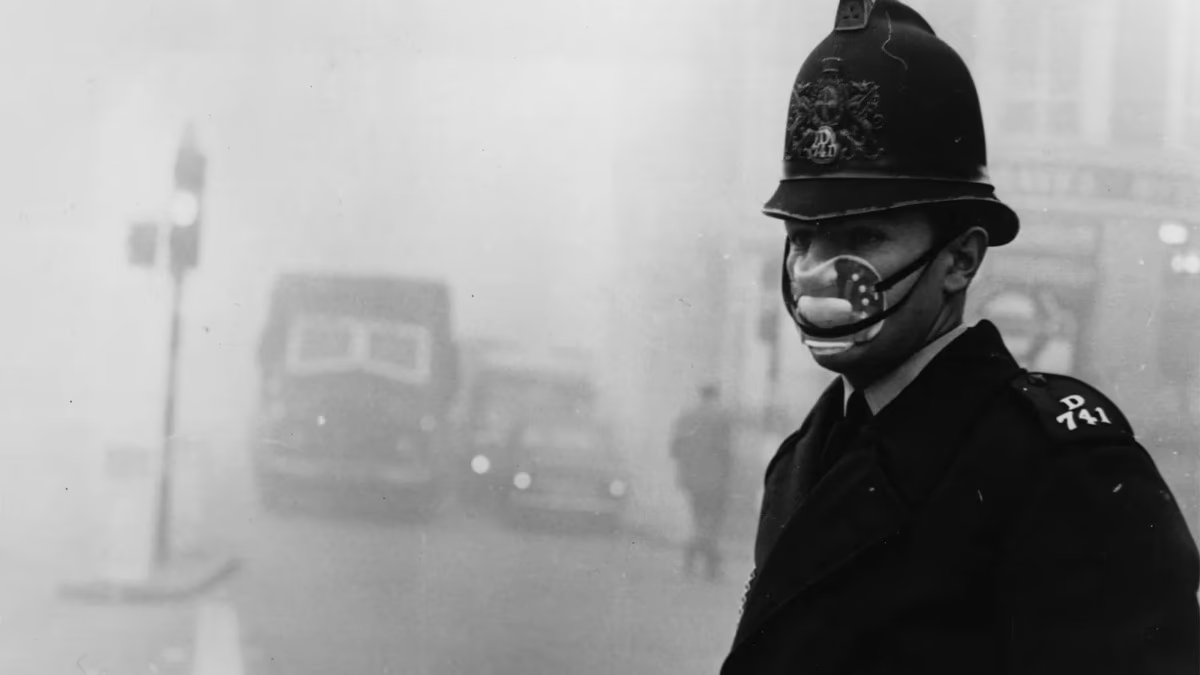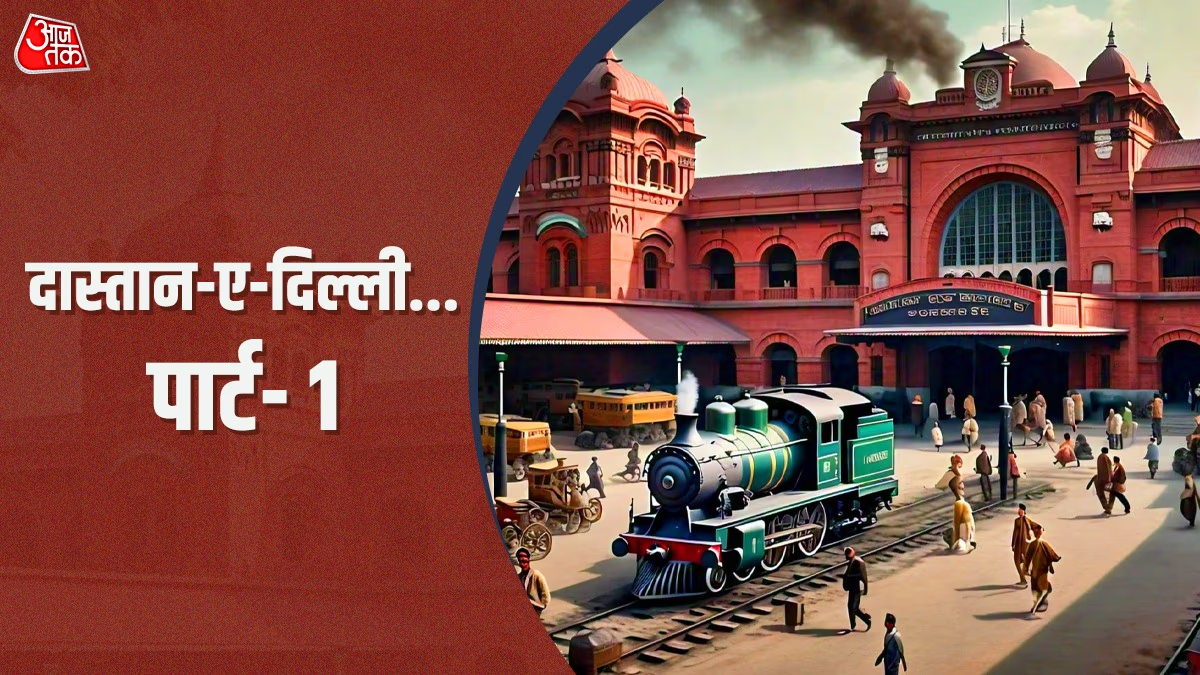That morning in London was anything but ordinary. Following the Industrial Revolution, London had already carved out its reputation as an industrial hub worldwide. The coal smoke puffing out from factory chimneys suffocated the city. This was December, 1952.
The chilly winds sent shivers down to the bone. People were chattering their teeth, trying to stay warm. On the morning of December 5th, when Londoners awoke, a burning sensation took hold of their eyes. Be it children, youth, or the elderly—everyone was coughing uncontrollably.
Peering out of their windows, they could see nothing—only fog and black smoke enveloped everywhere. This was London's most deadly smog ever, blanketing the entire city for 96 hours from December 5th through 8th.
By December 9th, as the smog lifted, devastation had already struck. According to London's meteorological department, this industrial catastrophe, shaped by human activities, claimed 4,000 lives.
A Tale of a Man-Made Disaster Claiming 4000 Lives
Examining the records of London's meteorological department, visibility was limited as a thick fog hung about on December 5. The day was mostly dry and filled with smoke. As night fell, the fog turned dense. Visibility shrank to just a few meters. The next day, the sun remained too low to dissipate the fog. That night, and on Sunday and Monday evenings, the fog thickened again. In several parts of London, navigating streets on foot became almost impossible; familiar streets became invisible labyrinths.
In London's Isle of Dogs area, the fog grew so dense that people could not see their own feet.

Source: aajtak
The glamorous, modern London did not exist back then. It was back in the late 1700s—when the Industrial Revolution began—transforming the city. London's skyline became speckled with chimneys. These factories released gases and particles in large quantities into the environment, which were toxic.
The small particles already present became more dangerous as they mixed with moisture in the fog. These could morph into acids when certain chemicals combined with water and air—causing irritation and respiratory problems.
This Scenario Played Out in London for 96 Hours
December 1952 delivered blistering cold to London. Heavy snowfall adorned the whole region. To keep warm, Londoners burned vast amounts of coal in their homes, releasing smoke from their chimney tops.
In normal circumstances, this smoke would rise into the atmosphere and dissipate, but a meteorological phenomenon known as an anticyclone was occurring over the region—this pushes air downwards, warming it as it descends, causing an inversion.
Under such conditions, the air near the ground is cooler than the air above. Consequently, when warm smoke wafts out of chimneys, it gets trapped. We often expect warm air to rise, but this was not the case here.
Chimney Smoke, Factory Pollution
This atmospheric occurrence in 1952 prevented particles and gases emitted from factory chimneys in the London area from rising, trapping them close to the ground. Moreover, pollution from industrial zones east of London also got caught in the skies.
On the morning of December 5th, London's skies were clear, winds were mild, and the air close to the ground was moist. Circumstances became such that a dense fog, 100 to 200 meters deep, enveloped London. This smog also included smoke from countless chimneys in the London area mingling with water droplets.
During this smog event, more pollutants found their way into the London skies. London's weather department detailed these occurrences. Heavy impurities were released into the atmosphere during the fog.
Adding to London's woes, steam engines and the newly introduced diesel buses continuously spewed smoke into the air.
This went on from December 5th to 8th. Government reports suggest that this smog led to 4,000 fatalities. However, non-government figures could be higher. Thousands faced breathing issues. London's transportation suffered for many days.
Press reports covering this incident alleged that cattle at Smithfield suffocated and perished because of the haze.




